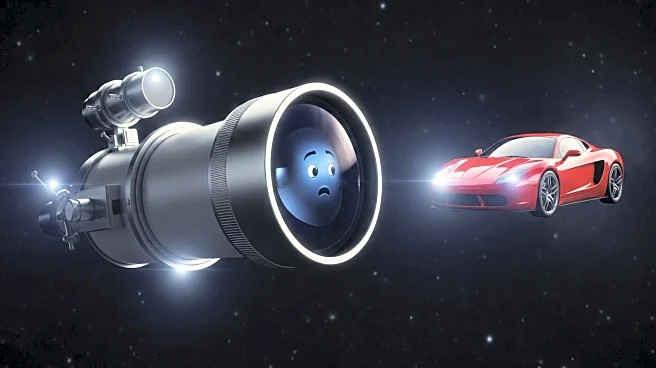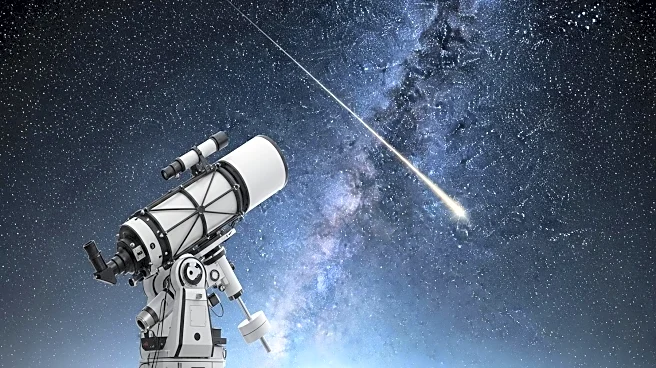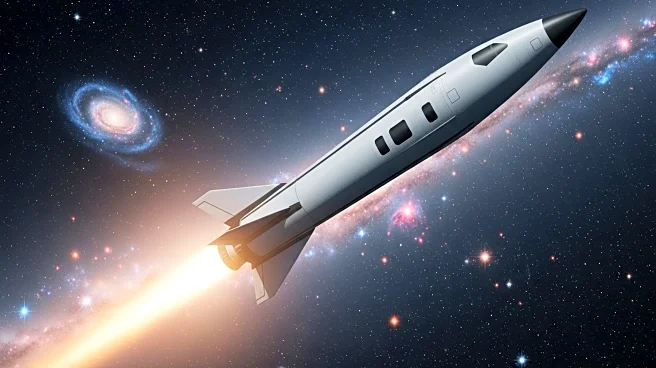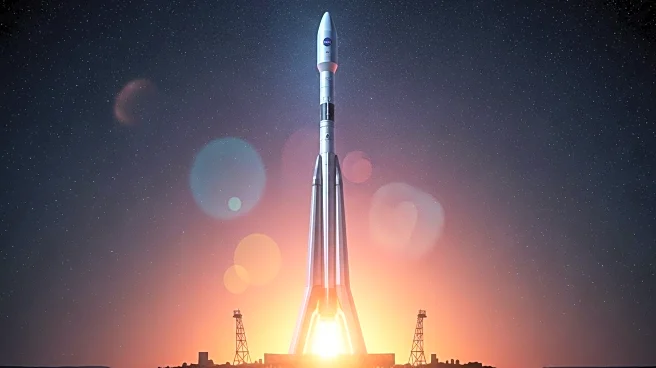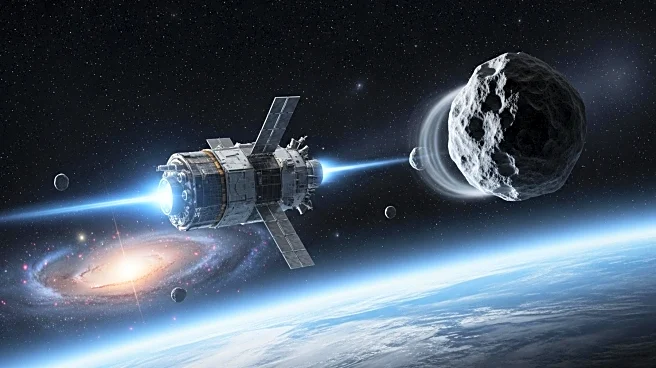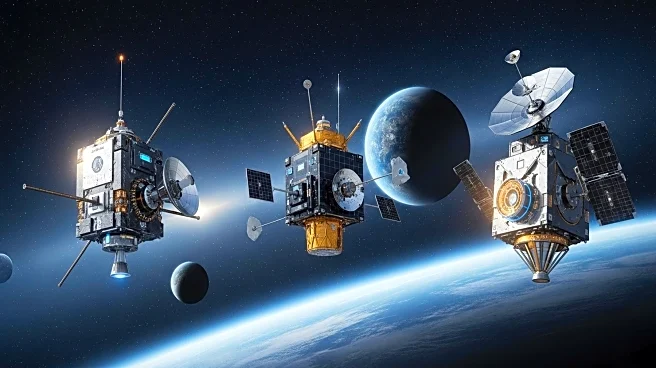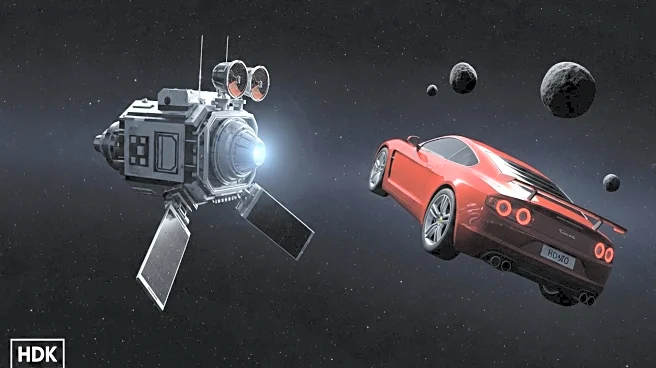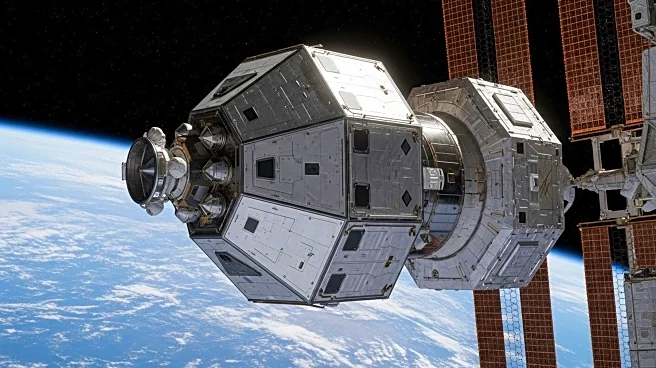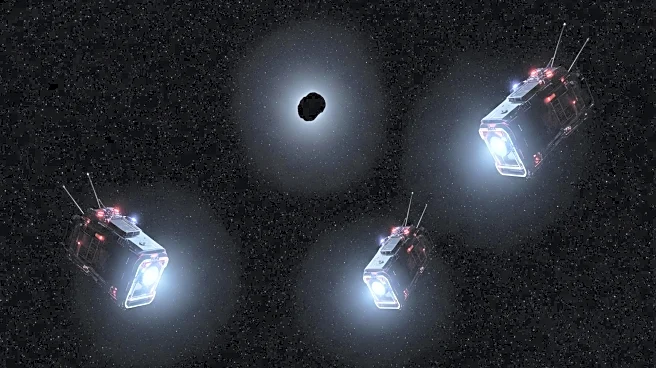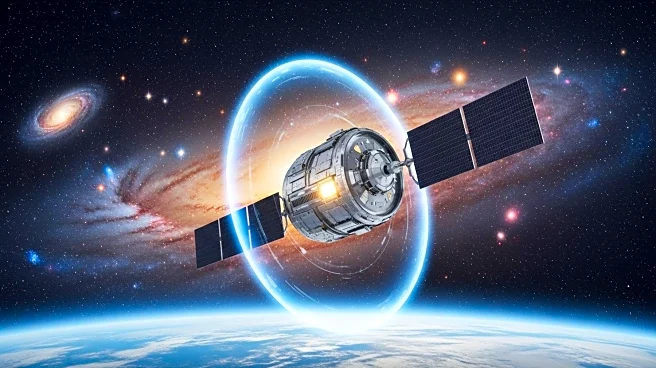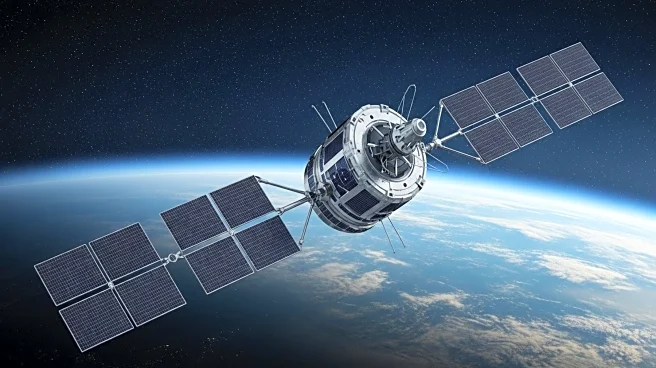What is the story about?
What's Happening?
Astronomers recently misidentified Elon Musk's Tesla Roadster, launched into space in 2018, as a new asteroid. The Roadster, which was sent into orbit aboard SpaceX's Falcon Heavy rocket, was initially classified as a near-Earth object (NEO) due to its trajectory and distance from Earth. This misclassification underscores the complexities involved in distinguishing between natural celestial bodies and man-made objects in space. The incident highlights the need for improved monitoring technologies and international collaboration in space surveillance to ensure accurate identification of space objects.
Why It's Important?
The misidentification of the Tesla Roadster as an asteroid raises significant concerns about the accuracy of current space monitoring systems. As the number of artificial satellites and space debris increases, the challenge of correctly identifying objects becomes more complex. This incident emphasizes the necessity for advanced detection and classification technologies to prevent potential oversight in space surveillance. Accurate monitoring of near-Earth objects is crucial for planetary defense, as these objects can pose a threat to Earth due to their proximity and potential for collision.
What's Next?
The incident may prompt discussions among space agencies and private companies about enhancing detection capabilities and improving international collaboration in space surveillance efforts. As space becomes more congested with man-made objects, the potential for misclassification grows, necessitating the development of sophisticated algorithms and technologies capable of distinguishing between natural and artificial objects. This event could lead to increased investment in space monitoring technologies and the establishment of new protocols for identifying and tracking space objects.
Beyond the Headlines
The discovery of the Tesla Roadster as a supposed asteroid illustrates the intersection of human innovation and natural celestial phenomena. It raises important questions about the long-term impact of human presence in space and the ethical and environmental considerations of space exploration. As private entities continue to launch missions into space, the landscape of space exploration evolves, presenting new challenges and opportunities for scientific study. This incident highlights the unpredictable nature of space exploration and the need for ongoing advancements in space surveillance technologies.
AI Generated Content
Do you find this article useful?
